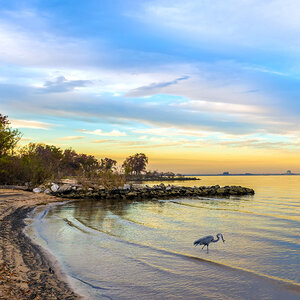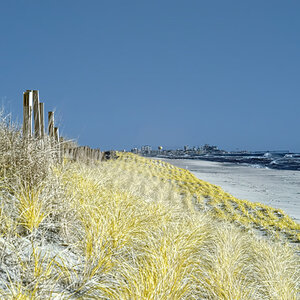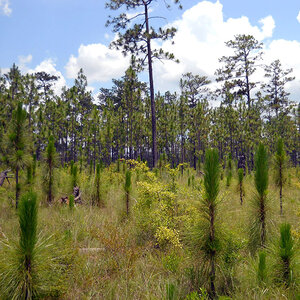NFWF awards nearly $10 million in conservation grants

The National Fish and Wildlife Foundation (NFWF) has announced grants totaling nearly $10 million to support wildlife habitat, climate resilience, community conservation partnerships, and restoration projects across the United States.
In partnership with the U.S. Fish and Wildlife Service, NFWF awarded 25 grants totaling $7.4 million to support the Chesapeake Watershed Investments in Landscape Defense (Chesapeake WILD) Program and leverage more than $12 million in grantee matching funds for a total conservation impact of $19.4 million. The grants will fund the protection of more than 4,700 acres of fish and wildlife habitat, including 2,000 acres of key wildlife corridors in anticipated high-elevation migration paths, restore more than 32 miles of riparian forest habitat, reconnect nearly 120 miles for migratory fish species, and improve recreational access for more than 31 miles of river and trails. Recipients include Earth Conservation Corps ($74,900), Ruffed Grouse Society ($546,500), and National Aquarium ($232,700).
“The Chesapeake WILD program adds critical new resources, agency support, and technical assistance investments for habitat restoration and protection, public access, and community engagement activities across the Chesapeake Bay watershed,” said NFWF executive director and CEO Jeff Trandahl.
The NFWF also awarded $2.4 million in grants to restore, improve, and conserve sagebrush, mesic wet meadow, and big game migratory corridor habitats in Colorado, Idaho, Montana, Nevada, Oregon, Utah, and Wyoming. The grants will generate $3.7 million in matching contributions for a total conservation impact of $6.1 million. The grants were awarded through the Rocky Mountain Rangelands Program, a partnership that includes NFWF, Capri, Cargill, Nestlé, Taco Bell, the USDA Natural Resources Conservation Service, and the U.S. Fish and Wildlife Service.
“The Rocky Mountain Rangelands program is able to conserve, restore and sustain these important ecosystems and migration corridors by working collaboratively with private landowners, helping to support working lands and wildlife,” said Trandahl.
(Photo credit: Getty Images/flownaksala)








